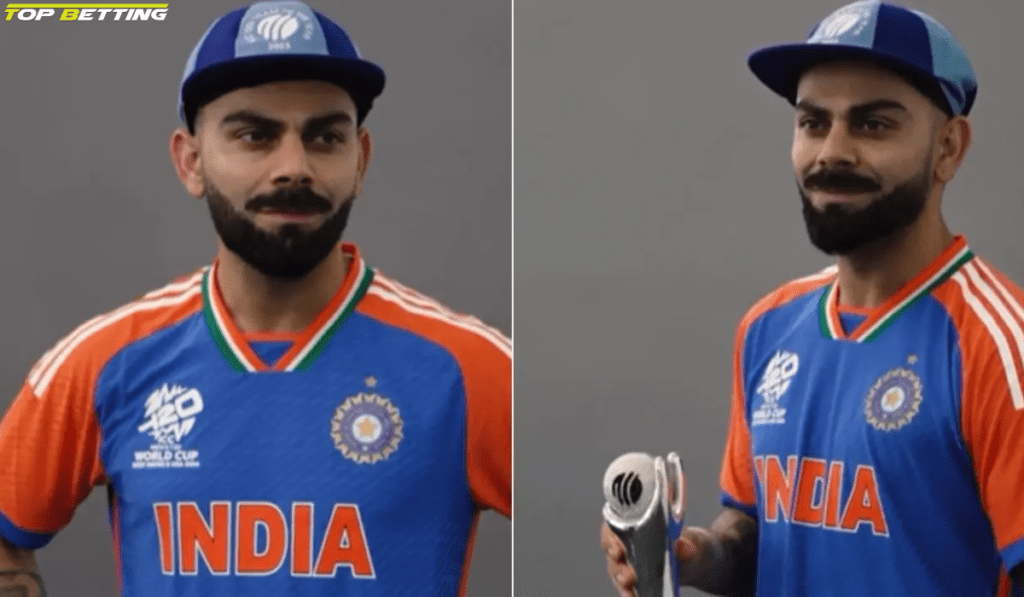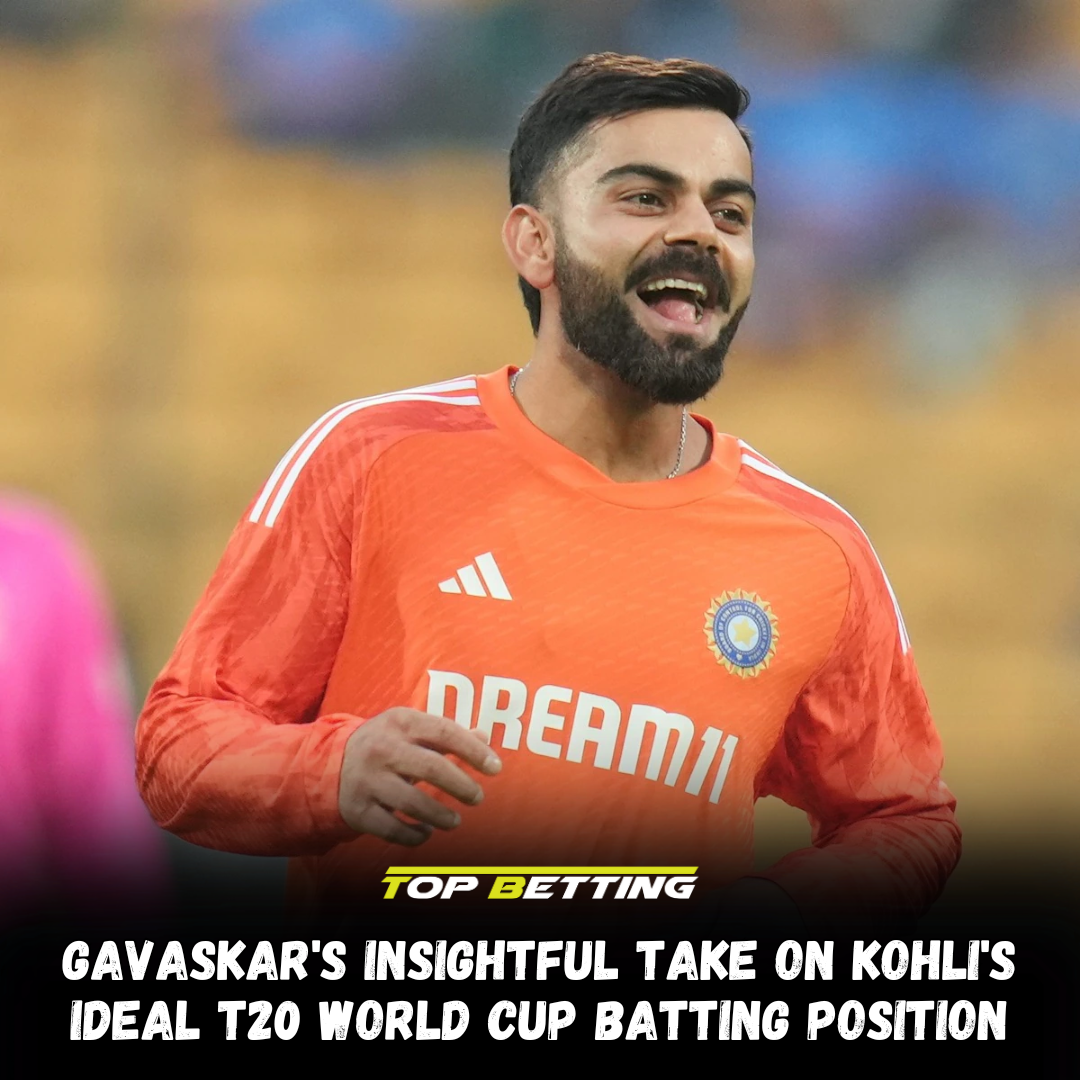
Gavaskar’s Insightful Take on Kohli’s Ideal T20 World Cup Batting Position
The debate surrounding Virat Kohli’s optimal batting position in India’s T20 World Cup lineup has been a hot topic of discussion in the cricket world. Former Indian captain Sunil Gavaskar recently weighed in on the matter, offering a “terrific” verdict that has sparked renewed interest. Gavaskar’s comments come just weeks after his back-and-forth with Kohli over the latter’s strike rate in T20 cricket, adding an extra layer of intrigue to the discussion.
Hailing Kohli’s IPL Dominance
Gavaskar was full of praise for Kohli’s standout performance in the recently concluded IPL 2024 season. The 35-year-old batting maestro had a sensational run, amassing 741 runs in just 15 innings to claim the prestigious Orange Cap. This impressive feat has undoubtedly bolstered Kohli’s case for a prominent role in India’s T20 World Cup squad.
Gavaskar’s Preferred Opening Combination
In a conversation with Star Sports, Gavaskar proposed a formidable opening pair for India – Rohit Sharma and Virat Kohli. The former Indian captain firmly believes that Kohli’s recent form and batting prowess warrant his inclusion at the top of the order, alongside the incumbent captain Rohit Sharma.
Dismissing the Left-Right Combination Theory
Gavaskar also addressed the popular notion of a left-right opening combination, which some have advocated for India’s T20 World Cup lineup. However, the legendary cricketer dismissed this idea, emphasizing that “good players are good players” and can adapt to any batting position.
The Importance of Maintaining Kohli’s Rhythm
Gavaskar’s reasoning for his preferred opening pair was rooted in the need to keep Kohli in the flow and rhythm he has displayed during his scintillating IPL campaign. The former captain argued that it would be detrimental to the team’s interests to have Kohli waiting in the dugout, even for a few deliveries, before taking the crease.
The Significance of a Batting Partner
Gavaskar highlighted the psychological and strategic advantages of Kohli walking out to bat with a partner, rather than alone. He suggested that the “little bit of exchange” between the openers could help set the tone and momentum for the innings, potentially benefiting the team’s overall performance.
Addressing the Strike Rate Debate
Gavaskar’s comments come on the heels of his previous criticism of Kohli’s strike rate in T20 cricket, which had sparked a back-and-forth between the two cricketing stalwarts. The former captain’s latest remarks suggest a shift in his perspective, acknowledging Kohli’s recent dominance and the need to accommodate his in-form batting in the team’s setup.
Kohli’s Explosive Response to Critics
Kohli’s response to Gavaskar’s earlier criticism had been equally fiery, with the former India captain delivering a standout performance and then mocking his critics in a post-match interview. This episode has added an intriguing layer to the ongoing discussion, underscoring the high stakes and emotions involved in the debate.
Gavaskar’s Balanced Approach
Despite the previous tensions, Gavaskar’s latest comments appear to strike a more balanced tone. The legendary cricketer has acknowledged Kohli’s exceptional form and made a compelling case for his inclusion at the top of the order, while also dismissing the notion of a rigid left-right combination.
Implications for India’s T20 World Cup Plans
Gavaskar’s “terrific” verdict on Kohli’s ideal batting position in the T20 World Cup lineup carries significant weight, given his stature and expertise in the game. His recommendations are likely to be closely considered by the Indian team management as they finalize their strategies and team composition for the prestigious tournament.
The Ongoing Debate and Its Significance
The debate surrounding Kohli’s batting position in the T20 World Cup has captured the attention of cricket enthusiasts worldwide. The discussion not only highlights the team’s tactical considerations but also underscores the importance of managing the egos and expectations of high-profile players like Kohli.
Conclusion: Balancing Competing Priorities
As the T20 World Cup approaches, the Indian team will need to carefully weigh the various factors and perspectives before arriving at a decision on Kohli’s batting position. Gavaskar’s insightful analysis provides a valuable contribution to this ongoing conversation, emphasizing the need to harness Kohli’s form and experience while also maintaining a cohesive and well-balanced lineup.












